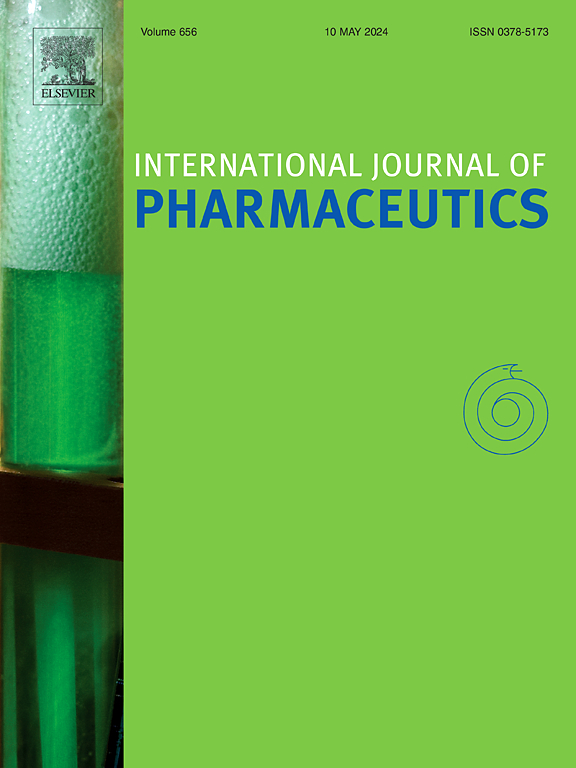Characterization of anatomical variations of the nasal cavity in a subset of European patients and their impact on intranasal drug delivery
IF 5.3
2区 医学
Q1 PHARMACOLOGY & PHARMACY
引用次数: 0
Abstract
Anatomical 3D-printed nasal casts are valuable models to investigate intranasal drug deposition, providing preclinical data that cannot be obtained in animal models. However, these models are limited since they are often derived from a single patient or represent a mean of several groups. The present study aimed to better characterize the anatomical differences of the nasal cavity in a European sub-population and to assess the potential impact of anatomical variations on intranasal deposition by medical devices. Ninety-eight cranial computed tomography scans of patients were selected and analyzed in 2D and 3D conformations. They showed symmetry of cavities and a high level of heterogeneity of measurements, especially volume and area, in the population. Three anatomical groups with distinct nasal geometry were identified and 3D nasal casts of the most representative patient of each group were printed. Fluorescein was administered using three medical devices: a nasal spray, a sonic jet nebulizer and a prototype mesh-nebulizer. The deposition profiles were compared with the Aeronose® as a reference. Our results show that anatomical variations influenced the deposition profiles depending on the device, with a higher variation with spray and the mesh-nebulizer. This work emphasises the importance of anatomical parameters on drug intranasal deposition and the need to evaluate inhaled drugs on different 3D nasal casts reflecting the target population.

欧洲部分患者鼻腔解剖变异的特征及其对鼻内给药的影响。
解剖三维打印鼻腔模型是研究鼻内药物沉积的宝贵模型,可提供动物模型无法获得的临床前数据。然而,这些模型往往来自单一患者或代表几组患者的平均值,因此存在局限性。本研究旨在更好地描述欧洲亚人群鼻腔的解剖学差异,并评估解剖学差异对医疗器械鼻内沉积的潜在影响。研究人员选取了 98 名患者的头颅计算机断层扫描图像,并对其进行了二维和三维构型分析。扫描结果显示,患者的鼻腔具有对称性,测量结果(尤其是体积和面积)具有高度异质性。确定了具有不同鼻腔几何形状的三个解剖学组别,并为每个组别中最具代表性的患者打印了三维鼻腔模型。使用三种医疗设备施用荧光素:鼻腔喷雾器、声波喷射雾化器和原型网状雾化器。以 Aeronose® 为参照,对沉积曲线进行了比较。我们的研究结果表明,解剖结构的变化对沉积曲线的影响取决于不同的设备,喷雾器和网状雾化器的沉积曲线变化较大。这项工作强调了解剖参数对药物鼻内沉积的重要性,以及在反映目标人群的不同 3D 鼻腔模型上评估吸入药物的必要性。
本文章由计算机程序翻译,如有差异,请以英文原文为准。
求助全文
约1分钟内获得全文
求助全文
来源期刊
CiteScore
10.70
自引率
8.60%
发文量
951
审稿时长
72 days
期刊介绍:
The International Journal of Pharmaceutics is the third most cited journal in the "Pharmacy & Pharmacology" category out of 366 journals, being the true home for pharmaceutical scientists concerned with the physical, chemical and biological properties of devices and delivery systems for drugs, vaccines and biologicals, including their design, manufacture and evaluation. This includes evaluation of the properties of drugs, excipients such as surfactants and polymers and novel materials. The journal has special sections on pharmaceutical nanotechnology and personalized medicines, and publishes research papers, reviews, commentaries and letters to the editor as well as special issues.

 求助内容:
求助内容: 应助结果提醒方式:
应助结果提醒方式:


